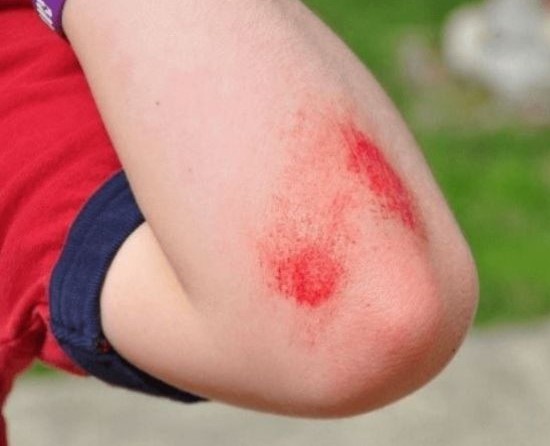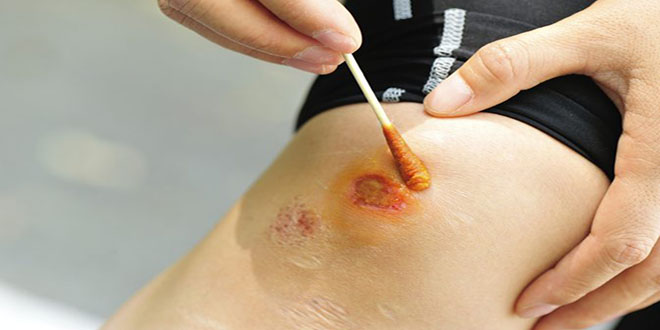
On the body when there are cuts and scratches on the skin? You do not know how to handle the wound to heal quickly? Let the article below help you solve this problem.
What are the symptoms of cuts and scratches?
The symptoms of cuts and scratches include: bleeding, redness or swelling around the wound pain or irritation at the skin surface
- Grade 1 scratches: Abrasion of the outer layer of the epidermis, known as peeling or abrasion. This condition is usually mild and does not cause bleeding.
- Grade 2 scratches: May cause damage to the epidermis and dermis, easy to cause bleeding.Grade 3 scratches: This type of scratch usually involves friction and affects the layer of tissue below the dermis. You may experience heavy bleeding and require medical intervention.

In addition, other symptoms not mentioned may also occur. If you have any questions about skin cuts and scratches, consult the doctor.
How are cuts and scratches treated?
Immediately after the skin is damaged, it can be gently washed with 0.9% sodium chloride, do not rub to increase scratching. Do not use hydrogen peroxide to wash the wound, as it damages the young cells underneath and slows down the healing process.
You need to apply the right medication so that the scabs fall off on their own. Do not scrape the scab as it takes longer to heal and can cause infection. You should get medical attention immediately if you notice any deep damage.

When should you go to the doctor?
You should see a doctor if you have any of the following signs:
- Bleeding after the bleeding has stopped.
- Excessive bleeding.
- Accident or serious injury resulting in open wound.
- Seek immediate medical attention if you suspect an infected wound. An untreated infection can spread and lead to much more serious health problems.
The doctor may clean and bandage the wound or prescribe oral or topical antibiotics to prevent infection. In severe cases, you may need surgery to remove the necrotic area.